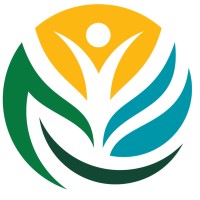OEHHA performs major risk assessment and hazard evaluation activities relating to chemical contaminants in drinking water. These activities include developing health advisories, Public Health Goals for chemical substances in drinking water, Notification Levels, and providing toxicological assistance for chemical monitoring activities for the drinking water supply. The program also provides education to the public and other governmental agencies on drinking water contamination and drinking water regulatory standards development.
Public Health Goals
Level of a chemical contaminant in drinking water that does not pose a significant risk to health
Notices
Legal notices for Public Health Goals and Notification Levels
Notification Levels
Health-based advisory levels for chemicals in drinking water
Reports
Reports focusing on water
Human Right to Water
OEHHA’s assessment framework and data tool related to drinking water quality, accessibility, and affordability
